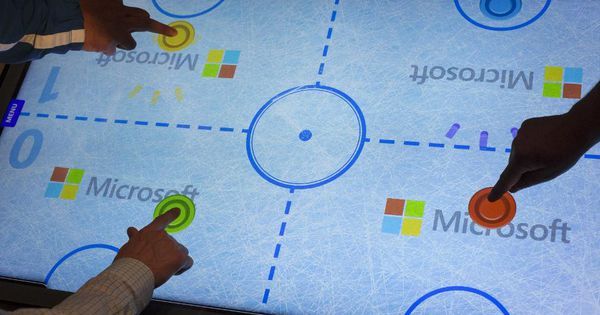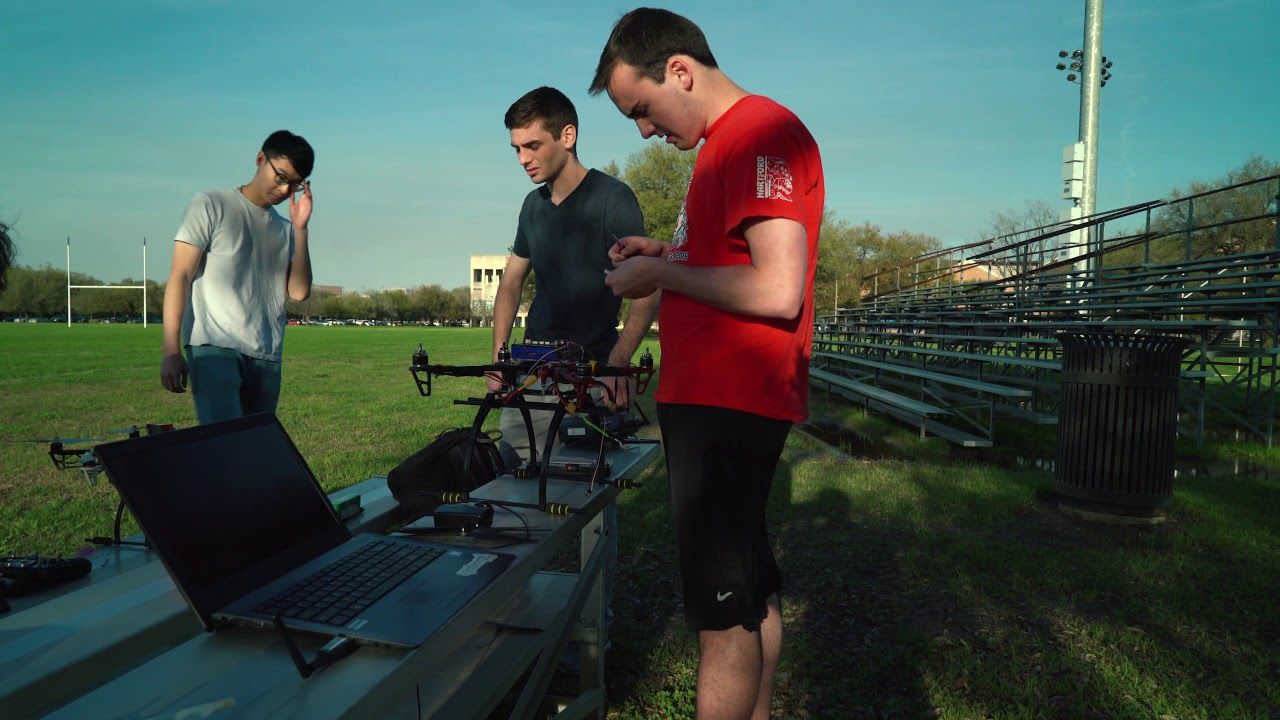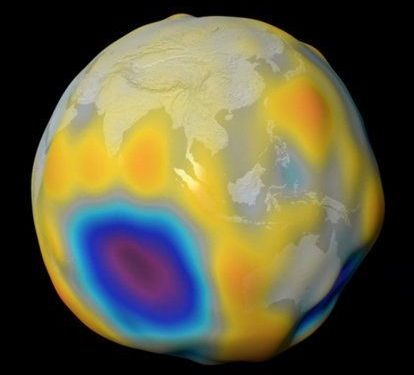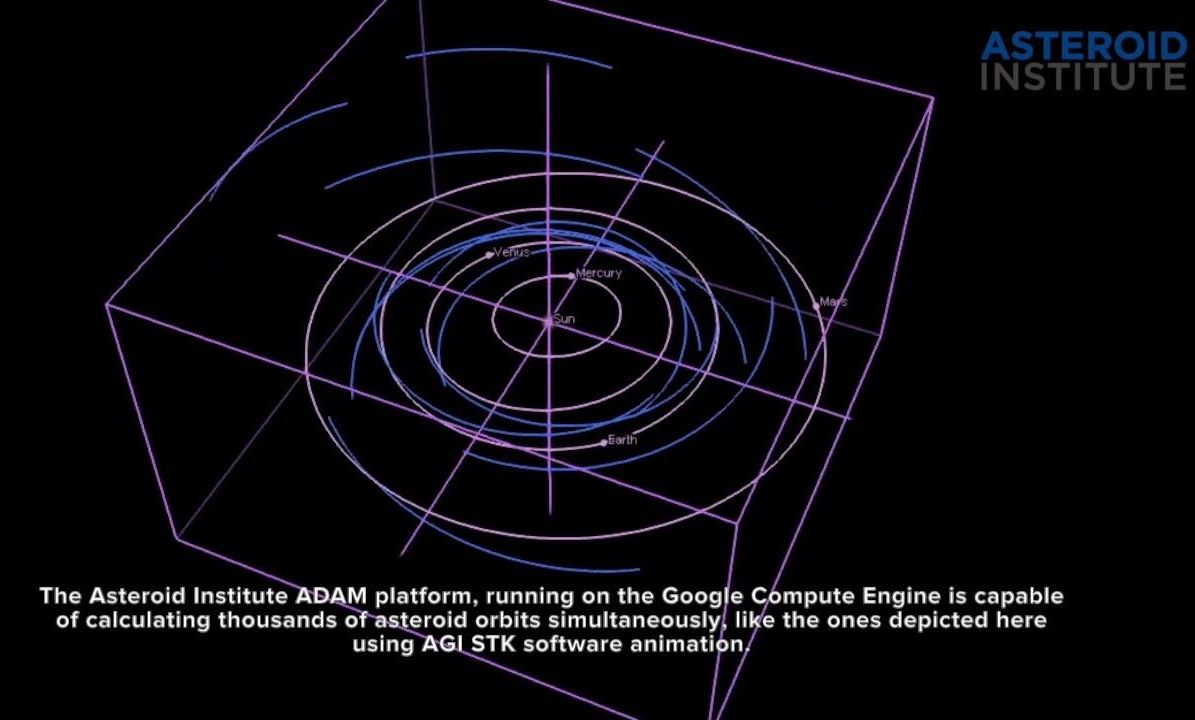The Himalayan Range includes some of the youngest and most spectacular mountains on Earth, but the rugged landscape that lends it the striking beauty for which it is known can also keep scientists from fully understanding how these mountains formed. “We know more about the rocks on parts of Mars than we do about some of the areas in the Himalaya,” said Dr. Alka Tripathy-Lang.
“Many researchers have done extraordinary geologic mapping in this rugged region, but the fact is that some places are just completely inaccessible because of topography, elevation, or geopolitical issues. The rocks in those areas are an important piece of the tectonic puzzle and are important for understanding the way the region evolved,” said Dr. Wendy Bohon. “The tools we used, originally developed for mapping rocks on Mars, were a way to safely access information about the rocks in the Himalayas.”
Bohon and colleagues worked with researchers at the Mars Space Flight Facility at Arizona State University to use data from the Earth orbiting satellite Terra in the same way planetary geologists have been using data from the Mars orbiting satellite Odyssey.
Read more
















